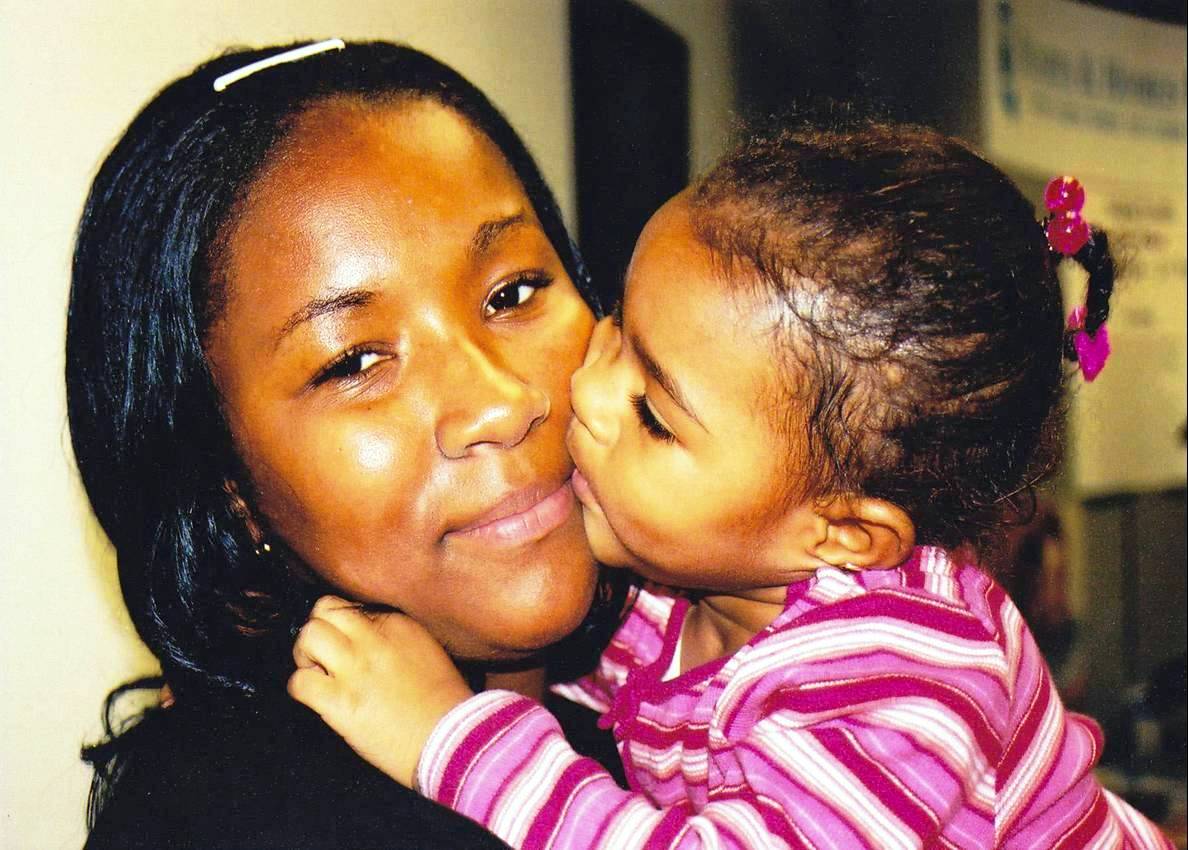Introduction
With the ever-growing reliance on online learning platforms, teachers worldwide are turning to Zoom as a primary tool for virtual instruction. However, merely hosting a Zoom session is not enough to ensure effective teaching. In this article, we’ll delve into some effective instructional techniques specifically tailored for teachers using Zoom.
Setting the Stage: Preparing Your Zoom Environment
Before diving into the instructional part, it’s crucial to set up your Zoom environment for success. Make sure your background is clutter-free and professional-looking to minimize distractions. Adjust your lighting so that you’re well-lit and clearly visible to your students. Additionally, test your audio and video beforehand to avoid any technical hiccups during the lesson.
Engaging Icebreakers and Introductions
Once your students join the Zoom session, kick things off with an engaging icebreaker to set a positive tone for the lesson. Whether it’s a quick poll, a fun question, or a short game, icebreakers help create a sense of camaraderie and make students feel more comfortable participating.
Interactive Polls and Surveys
Throughout your Zoom session, leverage the platform’s polling feature to keep students engaged and gauge their understanding. Use polls to gather feedback, spark discussions, or assess comprehension. Encourage active participation by allowing students to see real-time poll results and discussing the findings together.
Dynamic Presentation Tools
To prevent Zoom sessions from becoming monotonous, incorporate dynamic presentation tools to keep students actively involved. Utilize features like screen sharing, virtual whiteboards, and annotation tools to enhance visual learning and facilitate collaborative activities. Break up lectures with interactive elements to maintain student interest and promote active learning.
Breakout Rooms for Collaborative Learning
One of Zoom’s most powerful features for educators is breakout rooms, which allow you to split students into smaller groups for collaborative activities. Use breakout rooms strategically to encourage peer-to-peer interaction, facilitate group discussions, or conduct group projects. Circulate among breakout rooms to provide guidance and support as needed.
Incorporating Multimedia and Real-World Examples
To make your lessons more engaging and relevant, incorporate multimedia elements such as videos, images, and interactive simulations. Integrate real-world examples and case studies to illustrate abstract concepts and make learning more tangible for students. Encourage students to share their own experiences and perspectives related to the topic at hand.
Active Learning Strategies
Promote active learning during Zoom sessions by incorporating a variety of instructional techniques that require student participation. Encourage students to ask questions, participate in discussions, and solve problems collaboratively. Incorporate active learning strategies such as think-pair-share, peer teaching, and problem-based learning to foster deeper understanding and retention.
Effective Communication and Feedback
Effective communication is essential in a virtual learning environment. Clearly articulate lesson objectives, provide clear instructions, and maintain an open line of communication with your students. Encourage students to ask questions and seek clarification when needed. Offer timely feedback on student work and participation to guide their learning journey effectively.
Encouraging Student Engagement and Participation
Foster a supportive and inclusive learning environment where all students feel valued and encouraged to participate. Use inclusive language, acknowledge diverse perspectives, and celebrate student achievements. Incorporate opportunities for student collaboration, peer interaction, and cooperative learning to promote engagement and active participation.
Conclusion
Incorporating these effective instructional techniques into your Zoom sessions can help enhance student engagement, foster active learning, and promote a positive learning experience for all. By leveraging Zoom’s features creatively and thoughtfully, educators can create dynamic and interactive virtual classrooms that facilitate meaningful learning experiences. Read more about zoom tips for teachers





